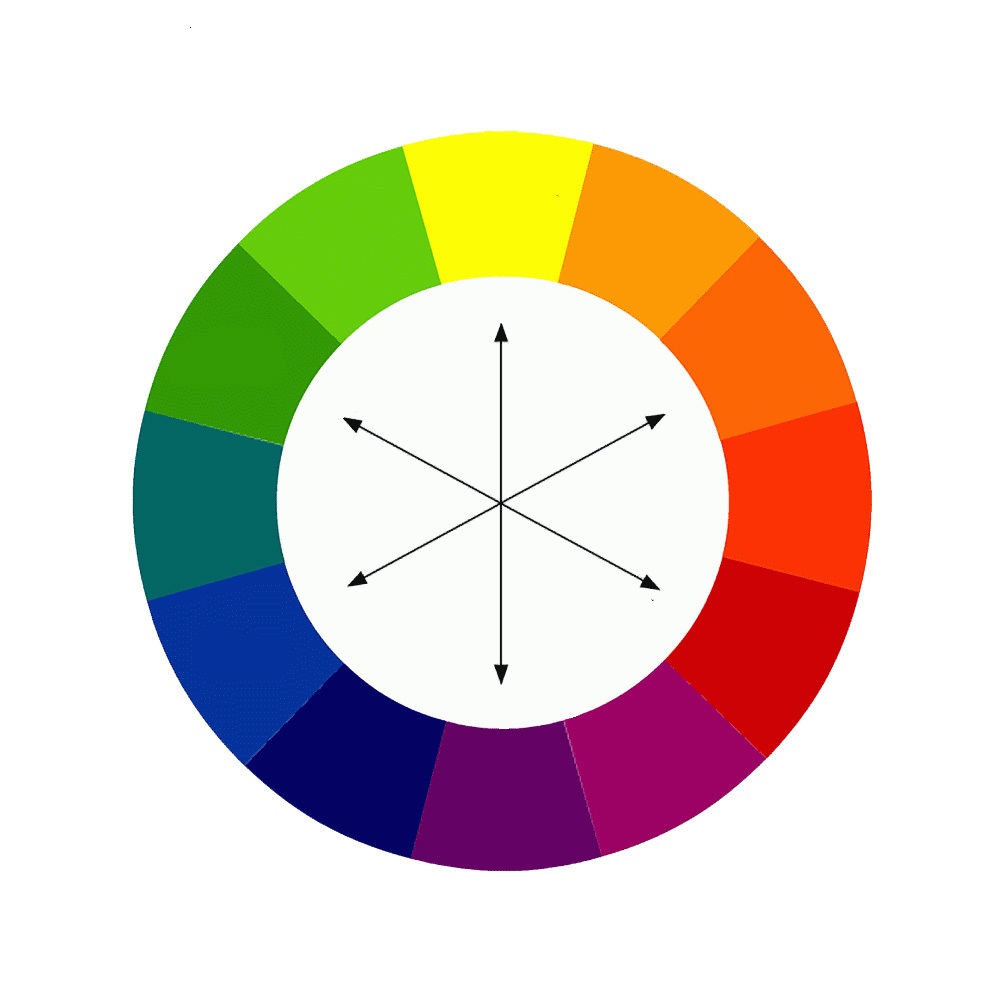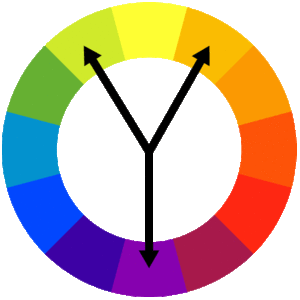Use a Color Wheel Chart to Create a Perfect Palette
Do you know that most of the artists out there keep a Color Wheel Chart handy to help them out chose a perfect blend of colors? But how? That is exactly what we will be knowledgeable of at the end of this article. However, you must already be acquainted with the fact that some of the colors, when used together, complement each other and produce a mesmerizing outcome. Similarly, on the other hand, some do not and end up creating a horrible outcome.
Now that we already know the basics of the color wheel chart, let us dig in a bit deeper and explore the world of Color Wheels. Below mentioned are some of the color scheme types which can help you create some magic with your colors. These can help you create a magical color combination for bedroom and other spaces in your house. These schemes can come up handy for one and all, let it be an interior designer, graphic designer, painter, or even an architect. Because Colors do matter!
Color Scheme Types:
Monochromatic Color Scheme:
To create a Monochromatic Color combination for living room or any other space, all you need to do is pick a color from the Color Wheel. Now pick three shades, tones, or tints of the same color and you are good to go. Using the shades of a single color provides a subtle color combination and never goes wrong.


Analogous Color Scheme:
Pick up three colors from the color wheel chart that lie next to each other. Now pick one color from the three that will dominate and the other two to compliment it. An analogous color scheme can be pretty versatile and create some overwhelming outcome. It can be pretty awesome to use such an eclectic color combination for bedroom to shine out!

Complementary Color Scheme:
All you need to do is pick two colors that lie opposite each other on the color wheel. This color scheme provides great contrast and together, they create a brighter and highly prominent space.

Split Complementary Color Scheme:
Pick one dominant color and combine it with two colors that lie on either side of its complement color. This will create a diverse color palette and allow you to play around with contrasting colors.

Triadic Color Scheme:
To create a Triadic Color Scheme, you need to pick three colors that are spaced evenly on the Color Wheel. Such a color scheme helps create a bold and vibrant color combination. It also provides a great contrast to any space, making it more versatile.

Tetradic Color Scheme:
Pick four colors that lie evenly on the Color Wheel. It helps you create a diverse and contrasting color scheme. Tetradic Color Scheme works the best when you allow one color from the selection to dominate the space.

Custom Color Scheme:
A Custom Color Scheme might be the hardest one to create. However, going in with one’s intuitions and like can never go wrong! A Custom Color Scheme does not follow any of the above mentioned predefined rules. However, while picking up the colors, keep in mind things like contrast, complement, and the saturation of the colors picked. Also, keep in mind the importance of cool and warm colors.

Add up some Neutrals:
While creating a Perfect Color Scheme for any of your projects, it is very important to add in some Neutral Colors (Black, White, and Greys) to your palette. It does not only diversify your palette but also allows you to add a feeling of subtleness wherever required. While working with highly contrasting color palette, adding neutrals allow you to make the outcome a little less overwhelming. Moreover, Black and White can never go wrong, wherever you use them!
Just follow these rules while choosing the color combination for living room, and other important spaces in your house or office and your interiors shall be all ready to rock!
To learn the basics of the Color Wheel, check out our previous post, https://thearchinsider.com/color-theory-the-color-wheel/

